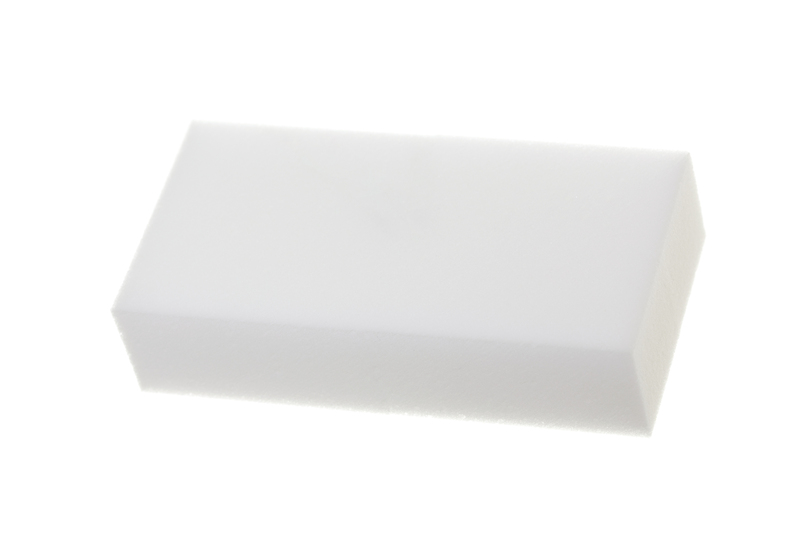Garden Tool Maintenance: Rust Removal Tips
Posted on 06/05/2025
Gardening is a rewarding and relaxing activity, but maintaining your garden tools is essential for their longevity and efficiency. Rust is the enemy of metal gardening tools, but with some simple steps, you can keep your tools rust-free and in excellent condition. In this article, we'll provide you with effective rust removal tips and discuss the pros and cons of various methods.
Why Rust Forms on Garden Tools
Rust, also known as iron oxide, forms when iron or steel reacts with oxygen and moisture. Garden tools are often exposed to water and humidity, making them susceptible to rust formation. Neglecting rust can lead to deteriorating tools, which hampers their performance and reduces their lifespan.

Essential Rust Removal Supplies
Before you begin the rust removal process, it's important to gather the necessary supplies. These include:
- Wire brush or steel wool
- Sandpaper (medium to fine grit)
- White vinegar or lemon juice
- Baking soda
- A sponge or cloth
- Protective gloves and eyewear
- Rust remover (optional)
Step-by-Step Rust Removal Process
1. Assess the Rust
Start by assessing the extent of the rust. Light surface rust can often be removed with simple methods, while heavy rust may require more effort and stronger solutions.
2. Manual Scrubbing
For light rust, use a wire brush or steel wool to scrub the affected areas. Follow up with medium to fine-grit sandpaper to smooth out any rough spots. This method is effective but requires manual effort.
3. Soak in Vinegar or Lemon Juice
For more extensive rust, soak the rusty parts of the tool in white vinegar or lemon juice for several hours, or even overnight. The acidity will help dissolve the rust. After soaking, scrub the rust off with a wire brush or steel wool.
4. Baking Soda Paste
Create a paste with baking soda and water, and apply it to the rusted areas. Let it sit for a couple of hours, then scrub the tool with a brush or sponge. Rinse thoroughly with water.
5. Rust Removers
If manual methods are not effective, consider using a commercial rust remover. Follow the product instructions carefully, and make sure to wear protective gloves and eyewear. Rinse the tool thoroughly after treatment.
Preventing Rust Formation
Prevention is key to keeping your garden tools in top condition. Here are some preventive measures you can take:
- Clean your tools after each use to remove dirt and moisture.
- Store tools in a dry place, preferably indoors or in a shed.
- Apply a thin layer of oil to metal parts to create a protective barrier against moisture.
- Use silica gel packs in your storage area to absorb excess moisture.
Pros and Cons of Rust Removal Methods
Manual Scrubbing
Pros: Cost-effective, environmentally friendly, does not require special chemicals.
Cons: Time-consuming, labor-intensive, may not be effective for heavy rust.
Vinegar or Lemon Juice Soaking
Pros: Readily available, non-toxic, effective for moderate rust.
Cons: Requires soaking time, may need repeated applications.
Baking Soda Paste
Pros: Non-toxic, gentle on tools, effective for light rust.
Cons: May not be effective for heavy rust, requires scrubbing.
Commercial Rust Removers
Pros: Highly effective, fast-acting.
Cons: Chemical exposure, may be expensive, requires careful handling.

Takeaways
- Rust can significantly shorten the lifespan of garden tools.
- Regular maintenance and preventive measures are essential to combat rust.
- Various rust removal methods suit different levels of rust severity.
- Each method has its own pros and cons, so choose the one that best fits your needs and safety concerns.
Conclusion
Keeping your garden tools free of rust is crucial for their efficiency and durability. By following the rust removal tips provided, and incorporating preventive practices, you can ensure that your tools remain in excellent condition for years to come. Remember, a little maintenance goes a long way toward preserving the tools that help you cultivate your beautiful garden.

